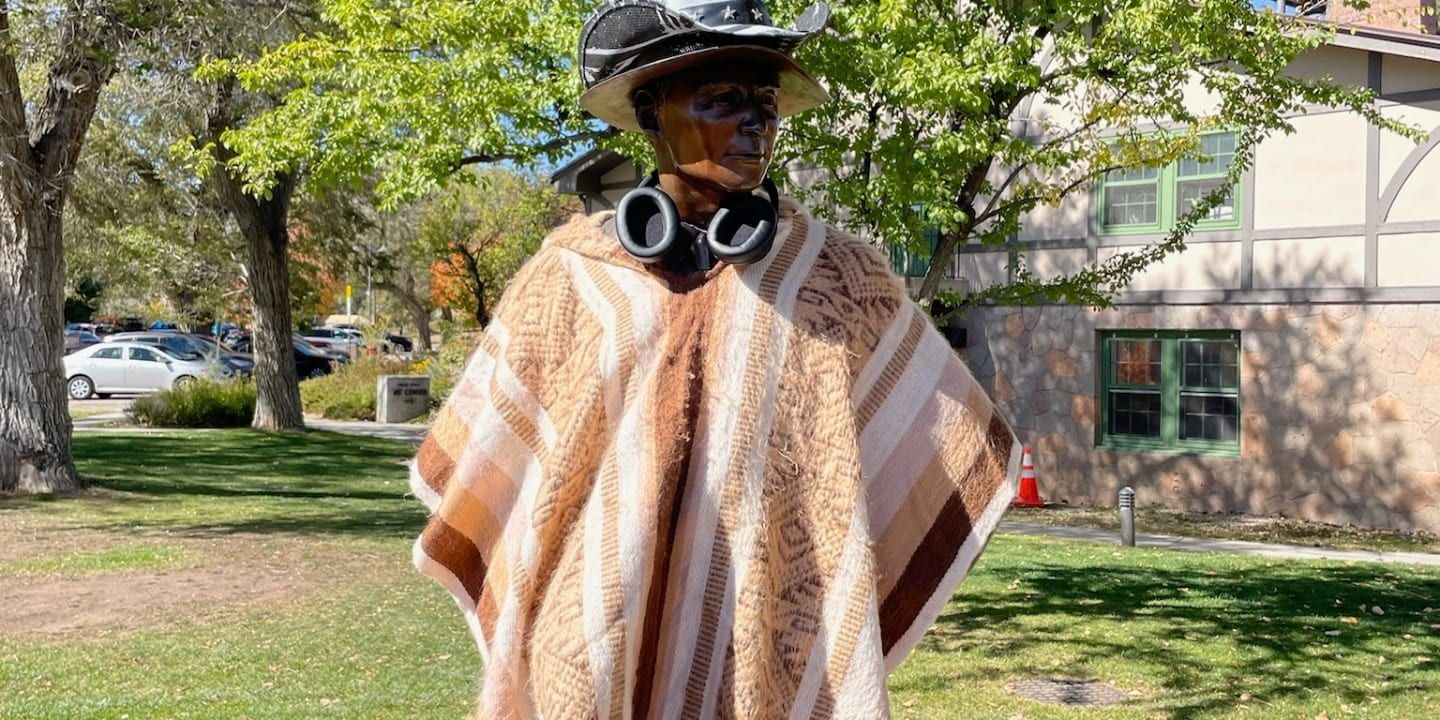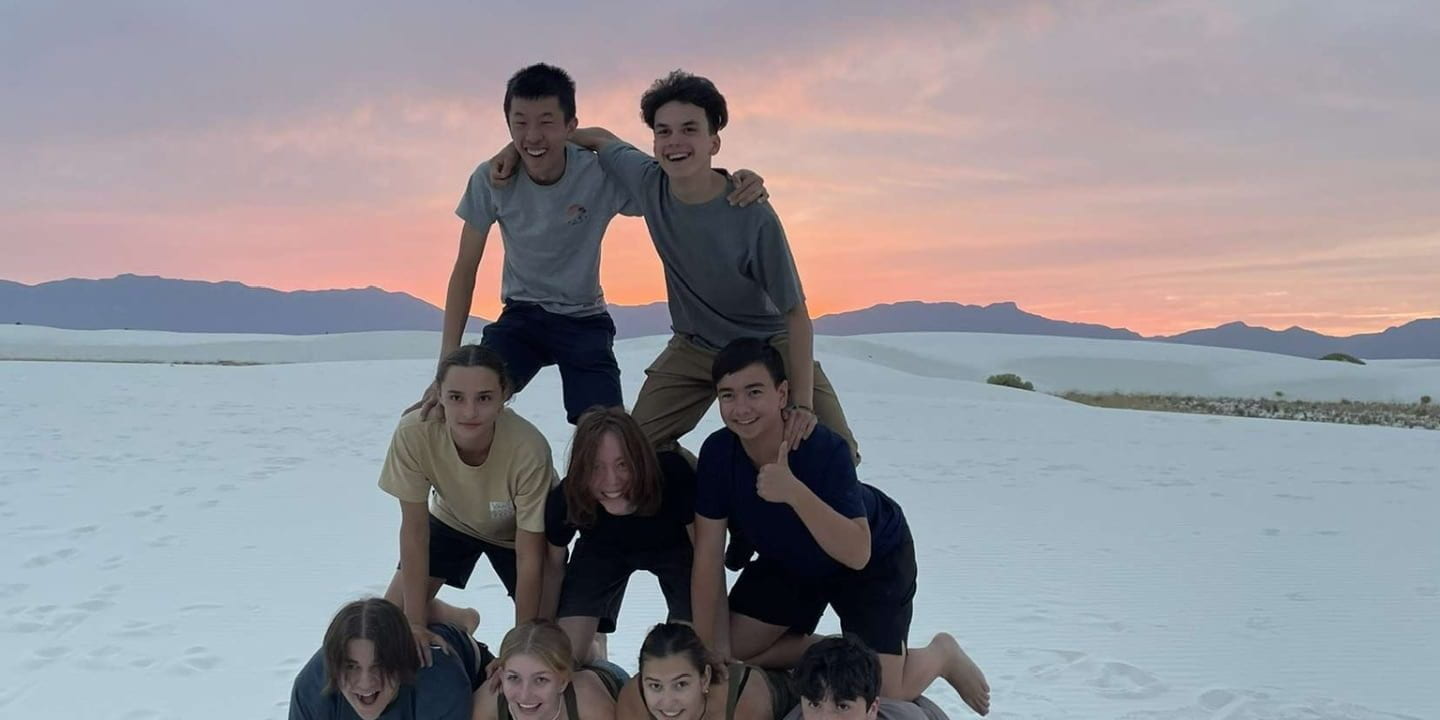Welcome to my last humanities project of grade 11. Just a warning, this project was about the holocaust and talks about some very heavy themes. I have been interested in WWII and the Holocaust since elementary school, so I’ve been hoping for a project on this topic for a while.
The driving question for this project was;
How can multi-modal communication enhance our ability to humanize and understand complex issues?
This project’s main deliverable was a literary criticism of The Complete Maus by Art Spiegleman, a Pulitzer Prize winning graphic novel about Art’s relationship with his father, Vladek, and Vladek’s experiences surviving the Holocaust. One of the most powerful aspects of Maus is its ability to humanize the victims of the Holocaust. By focusing on one family’s story, Spiegelman makes the unimaginable suffering of millions of people palpable and relatable. Readers are able to empathize with Vladek’s struggles and losses, and through his story, gain a greater understanding of the horrors of the Holocaust.
When going through the writing and revision process, I’ve always found myself getting writers block and feeling discouraged doing writing assignments. So I had a bit of a barrier I needed to face during this project. Luckily with my personal interests activated, I was able to stay on top of my work, make revisions, and set goals for myself to complete. In the free-write we did at the beginning of this project, we wrote about why stories are an effective way to learn.
“Stories are an effective way to learn because they allow you to follow a plot line of important events and engage readers into the situation. ‘Facts in stories are 20X more likely to be remembered’ (Madsen) – it is easier for our brain to remember things with context, and that is what stories try to provide for us. With the use of characters, backstories, visuals, and sound, a story can be elevated to captivate and engage an audience. — Telling stories can connect not only the audience to the characters, but also to the storyteller, and that helps gain a deeper understanding of the story itself and the message that is trying to be conveyed by the author.” — (My Launch Free Write)
Maus Literary Critique
I chose to do a psychological analysis of Vladek’s lasting psychological effects and PTSD from the holocaust.
Theme
The Holocaust inflicted lasting psychological trauma on its survivors, affecting their mental health and daily lives long after the war had ended.
Thesis
The psychological trauma inflicted onto survivors of the Holocaust impacted them in their lives long after the war, like seen through the life Vladek Spiegelman in The Complete MAUS by Art Spiegelman.
In my criticism I considered the root causes of psychological problems, how other characters were affected, and what I could infer from behaviours and dialogue. Here is the essay in question;
Psychoanalytic Literary Criticism of Maus by Art Spiegelman
Conclusion
I was so happy that we got the opportunity to go to the Holocaust symposium at UBC and listen to a survivor in person. It was a very impactful experience and really underscored for me the importance of testimonies in history and storytelling. I also really appreciated Ester Clark’s presentation on her family’s survival story and the time she took to share it with us. This project was definitely sometimes a challenge for me, but I was able to persevere through the writing and gain some valuable insights along the way.
As Always,
Brooke



















